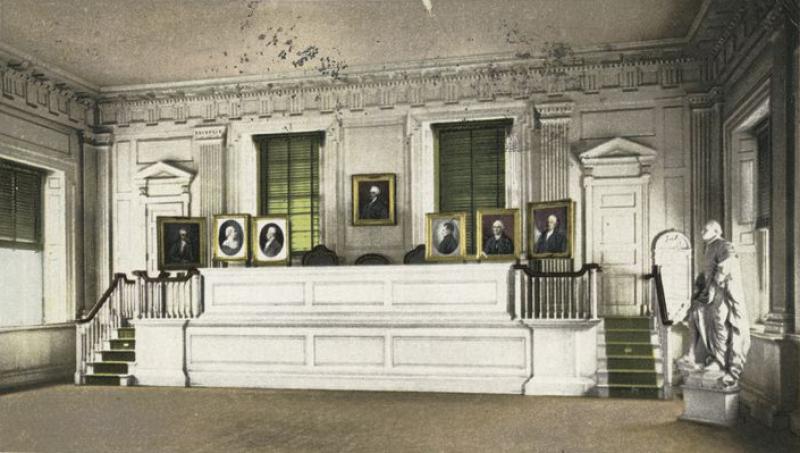Lesson Plan
Lesson created by Todd Miller.

Freedom of Speech. Freedom of Religion. Freedom of Assembly.
These are not just words on a page. These are living, breathing principles upon which this country is based. These are not just for adults but they apply to all citizens of the United States. Students just like you have brought about many federal court cases over the years that have to do with these same principles. ou are to research the following cases and decide how they apply to you.
Activities
1. As pre-test, have the students take the First Amendment 101 Challenge and have each write down their score.
2. Pick two of the following cases that have gone to the Supreme Court. See "
- Hazelwood School District v. Kuhlmeier
- Lee v. Weisman
- Santa Fe Independent School District v. Doe
- New Jersey v. T.L.O.
- Board of Education, Island Trees, Union Free School District #26 v. PICO
- Tinker v. Des Moines
- West Virginia State Board of Education v. Barnette
- Engel v. Vitale
- Goss v. Lopez
- Board of Education of Independent School District #92 of Pottawatomie
- County v. Earls
- Frederick v Morse
3. Pick one of the following cases that are district or appeals’ court cases. See "" to help you decide.
- Boroff v. Van Wert City Board of Education
- Canady v. Bossier Parish School Board
- Cole v. Oroville Union School District
- Karr v. Schmidt
- West v. Derby Unified School District No. 260
- Oleson v. Board of Education of School Dist. No. 228
- Broussard v. School Board of the City of Norfolk
- Bivens v Albuquerque Public Schools
- Jenglin v San Jacinto Unified School District
4. Complete Written responses to the following questions, using the included with this lesson. Use the following resources to answer the questions:
- US Courts.gov
- Exploring Constitutional Law
- First Amendment Center: First Amendment and the Schools
a. Year case was decided.
b. What was the central issue (speech, religion, etc)
c. Facts of the case
d. Decision of the court
e. Arguments for why it was decided that way.
f. How does this decision affect you at your school?
5. Draw/print/color a poster that illustrates one of the cases you wrote about and what freedom applies to the case.
6. Students make presentations to the class on what they found out.
7. As a post-test, have the students take the First Amendment 101 Challenge again, write down their scores, and compare with their previous score.
They will be evaluated on accuracy, thoroughness of answers, presentation, poster, and participation.
